Meet the head greenkeeper: Gary Barnfield
Oswestry Golf Club in Shropshire is known for its all-year-round play. We speak to Gary about how that is achieved – in particular via the irrigation system the club uses and how his team has tackled the problem of worm casts.
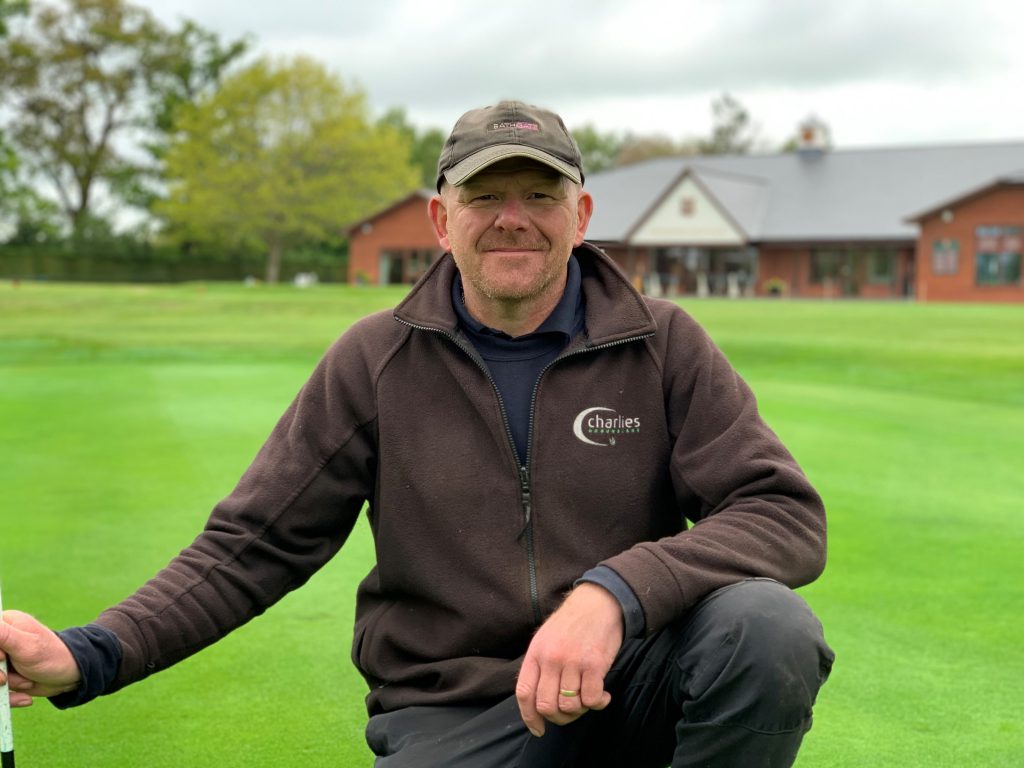
Set in mature parkland and designed by James Braid for the club’s relocation in 1931, Oswestry Golf Club in Shropshire is renowned for its excellent all-year-round condition. Three-time Open champion Henry Cotton said the course was one of the best he had played on and that the 12th hole was one of the best he had ever seen, while two former Ryder Cup players, Harry Weetman and Ian Woosnam, along with 2004 Volvo PGA champion Scott Drummond, have all been members of the club.
We speak with Gary Barnfield, head greenkeeper at Oswestry, to find out about him, the course and the work that goes into it to ensure it maintains its hard-earned reputation.

What was your path to greenkeeping, where did you study and how long have you now been at Oswestry GC?
I have been married for 26 years with three children, all of whom have been members of Oswestry at some point. I have always been very interested in golf and play off a seven handicap.
I love the outdoors so greenkeeping seemed the obvious profession for me. It started as casual labour which progressed to a YTS scheme after which I was taken on full time. I studied at Radbrook College and Walford College and have also done a lot of on-course training. I have now been at the club for 31 years and for the last five years I have been the head greenkeeper.
Who makes up your team for the management of the course?
Including myself, the team consists of five full-time employees:
- Gary Barnfield – head greenkeeper
- Gareth Jones – deputy head greenkeeper
- Richard Peate – spray technician / Greenkeeper
- Gary Matthews – greenkeeper
- Joel Barnfield – apprentice greenkeeper.
We also have a volunteer, Ian Pearce, who helps out cutting semi-rough and a part-time employee, Neil Jones, from clubhouse maintenance.
All of the team are multi-skilled and well trained in the daily needs of the course.
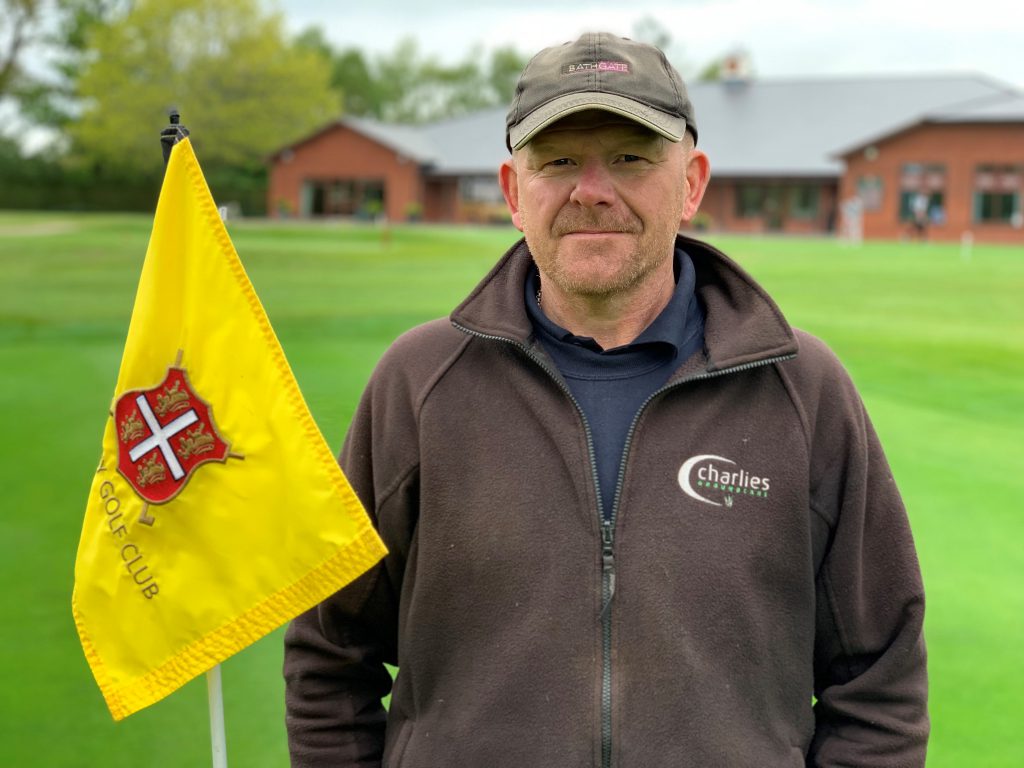
What would you say are the biggest challenges you currently face and how does this impact on the daily maintenance?
Over the last few seasons the weather has been very challenging, from last year’s drought to this year’s floods. This has complicated our daily duties and work programmes. Also golfers’ extremely high expectations of the course and their never-ending thirst for course perfection, which is sometimes difficult to achieve on such a busy golf course (apparently greenkeepers should never be seen!)
How did last year’s drought impact the course?
After last year’s drought, several fairways suffered scorch damage, resulting in bare areas. To help recovery they were over-seeded at the end of last season and the beginning of this season. Applications of wetting agents have also been applied. The fairways have now made a very good recovery and are almost back to normal.
What aeration and topdressing programmes do you use across the course, what equipment and processes do you use and how often are you undertaking this?
Greens are aerated every other week with either a Sisis Star Slitter, Sarrel rollers or a Groundsman aerator. Throughout the colder months a Sisis deep slitter is used and an Air2G2 is hired in. At the beginning of the season the greens are micro-hollow cored and a heavy topdressing is applied, after which a dusting of topdressing is applied monthly. In August our ‘Greens Renovation Week’ is carried out, when they are verti-drained, over-seeded and have another heavy topdressing. We aim for 110 tonnes per year.
Tees are aerated, topdressed and over-seeded twice a year and the fairways are deep slit at the beginning of the year and verti-drained in October, along with walkways and any wet areas.
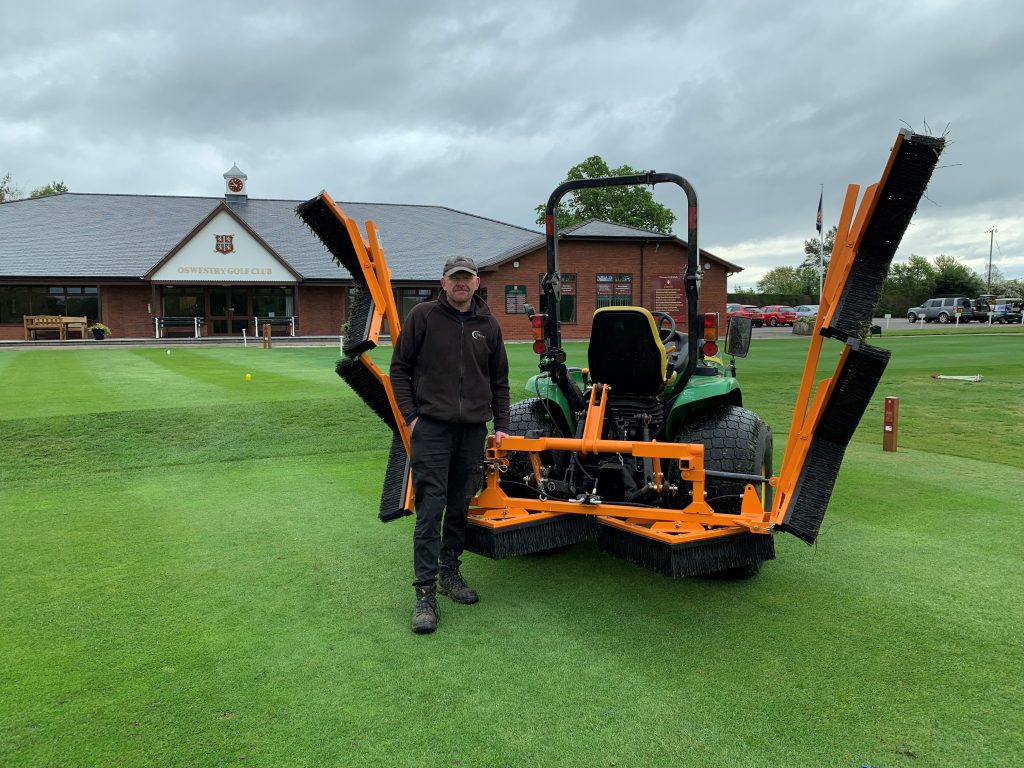
GreenKeeping: Part of the irrigation system has been upgraded. Please can you detail what has been done, why and who you have worked with and how this now benefits the course?
Gary Barnfield: We have just had a new irrigation panel fitted, a Rain Bird ESP-LXD. This was done by North Staffs Irrigation. They have looked after our system for many years. The new panel allows us to work it from a mobile phone. This means we don’t have to be at the club to set the irrigation to come on.
Over recent years a number of chemicals have been removed from the turfcare market. How has this affected your maintenance programme?
Recently several chemicals have been removed from the market such as fungicides and pest control products. This means we have had to change some of our programmes to adjust to this.
Carbendazim has been a big loss to you. How did you go about addressing the problem of the increasing number of worm casts and what solutions were suggested?
One of the chemicals we have lost is carbendazim, which is used to deter worm casting. To replace this we have been advised to topdress the worst areas with a sharp sand. We have introduced this to our tees but to do large areas of fairways this would prove very expensive. We have purchased a Sisis Flexibrush to disperse the casting.
You trialled four brushes but the SISIS Flexibrush was the stand out machine. What exactly was it that appealed to you, what size brush did you opt for, how often do you use the brush, on what areas, and how much difference has you seen with regard to the worm cast problem?
We trialled several wide-area brushes and we found the Sisis Flexibrush did the best job, following the ground a lot better than the others. It was also very competitive on price. The brush is 5.37 metres wide and covers the fairways in no time. We purchased the Flexibrush early in the season so it will be our first season using it. I am confident it will serve its purpose extremely well.
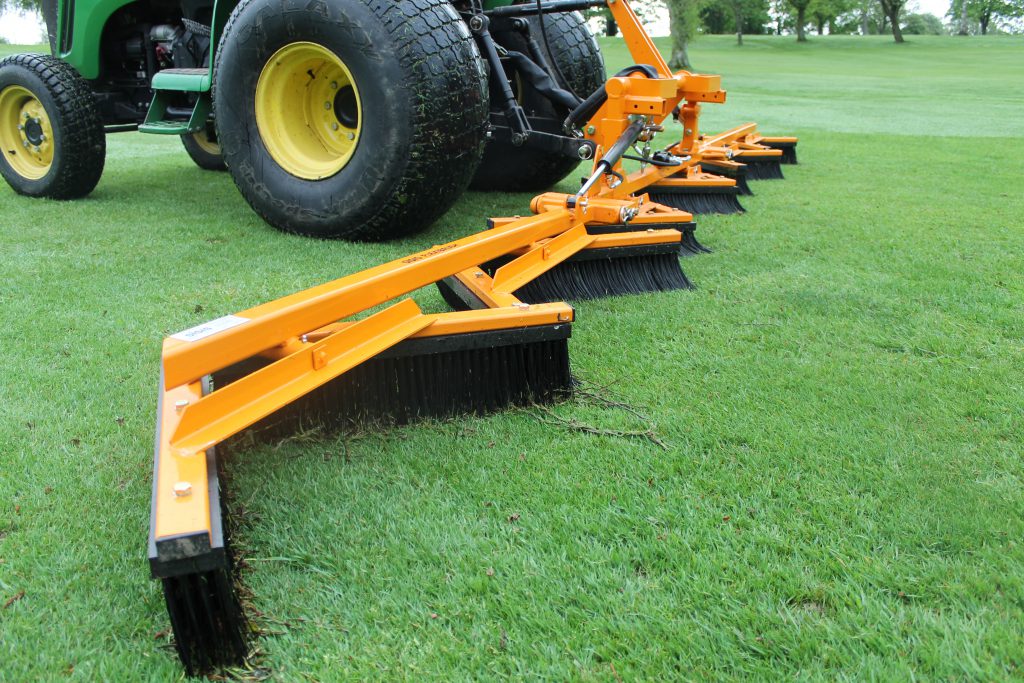
What other benefits have you derived from using the Sisis Flexibrush and how much does this contribute to labour and product cost savings?
The Flexibrush is also ideal to clear dew from the fairways when cutting in the early mornings, which we all have to do to avoid the golfers. It also stands the grass up giving a much cleaner cut and superb finish.
What machinery fleet are you currently using?
Our machinery fleet consists of mainly John Deere and Jacobsen: Greens; Jacobsen Eclipse.
Approaches / collars; John Deere 2500E.
Tees; John Deere 2500E, Verti-cut / Sarrel Roll, John Deere 2500A.
Fairways; Jacobsen 305.
Semi-rough; Jacobsen HR500.
First cut tee and green surrounds; Jacobsen AR3, Smitco Turf Iron.
We also have four tractors: John Deere 3720, John Deere 3036, Iseki TG5390 and a Ford (loader).
What do you think are the strengths that have carried you through your career and current position at Oswestry Golf Club and how do you look forward to keep the course evolving?
Over the years I have learnt to have extremely broad shoulders and not to take negative comments to heart. At the end of the day all golfers are entitled to their opinions. An old greenkeeper once gave me advice to just go deaf and get on with what I know to be right. Having an extremely good team around me makes the job a lot easier. With having a couple of young lads in the team, one just completed his time in college, and one just starting, fetches new ideas and techniques to the course, we are all learning every day.
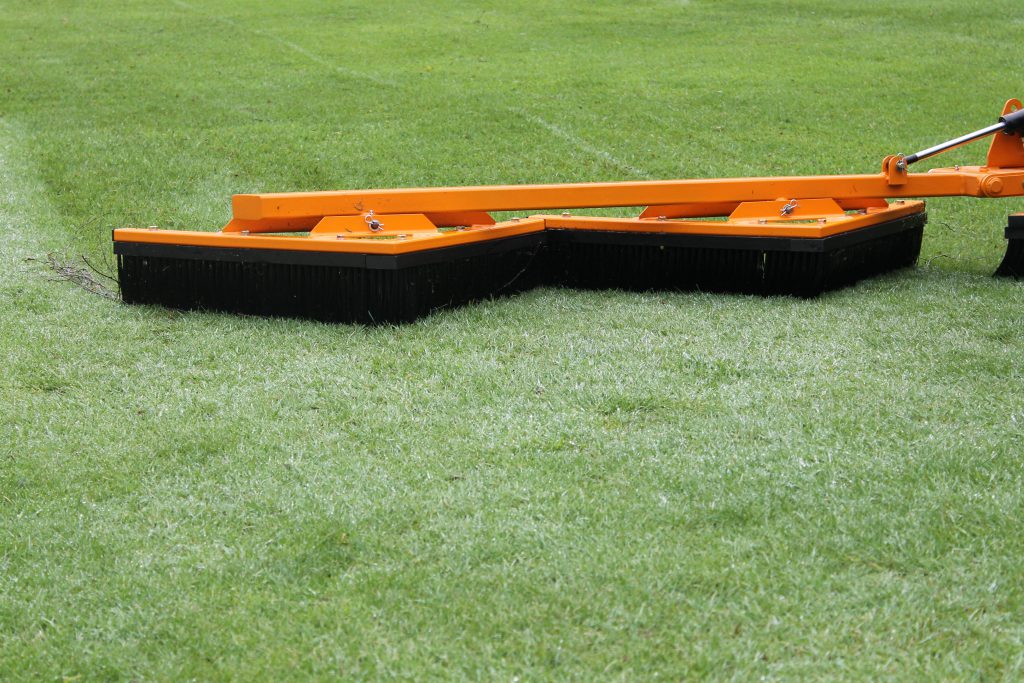
What height of cut do you use across the course?
Course cut heights:
Greens; 4mm (3.5 for competition).
Tees and approaches; 11mm.
Fairways; 16mm.
Semi-Rough; 44mm.
First cut / surrounds; 32mm.
The greens are cut five times a week and turf ironed for days, which equates to 23 hours.
The tees are cut twice a week – eight hours.
Approaches are cut twice a week – six hours.
Fairways are cut two to three times a week – eight hours each time.
Semi-rough is cut three days a week – 24 hours.
First cut / surrounds are cut twice a week – 16 hours.
Training and education are key to developing a good team, what do you do to ensure you are investing in raising the standard of practice and performance from team members?
Oswestry Golf Club has always been very supportive about training and education. As mentioned, one of our team has just finished college on completing his Level 3 and one has just started his Level 2. All team members have also had lots of on-course training.
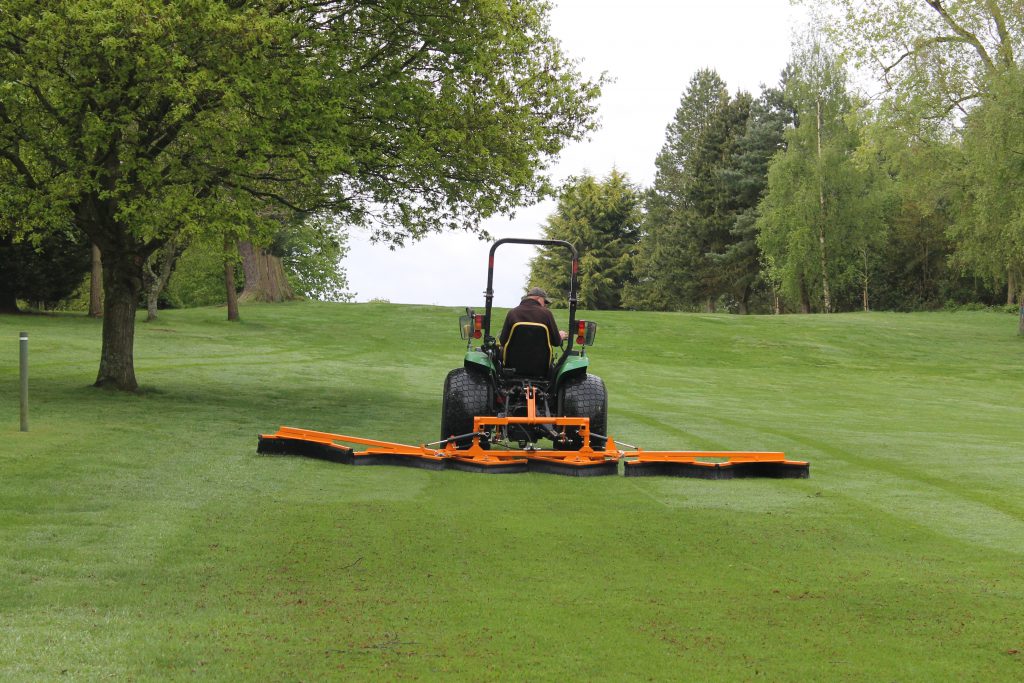
The feedback from members is that current course conditions are exceptional, how have you and the team achieved this and how do you continue to push the standards to the next level?
Oswestry Golf Club is very fortunate to have a team which takes a lot of pride in the course. Everyone works extremely hard and to a very high standard. All the team members are keen to try new ideas to take the course to the next level.
The pressures on the course manager to deliver a better product are growing year on year and the level of professionalism is rising with this. What do you think are the qualities now needed to meet the requirements and demands of golfers by someone in your position and how does this help contribute to the business of golf?
To be a greenkeeper is not just a job, it is a way of life. To achieve high standards you need to be prepared to make a lot of sacrifices to your personal life, you have to love it to do it.
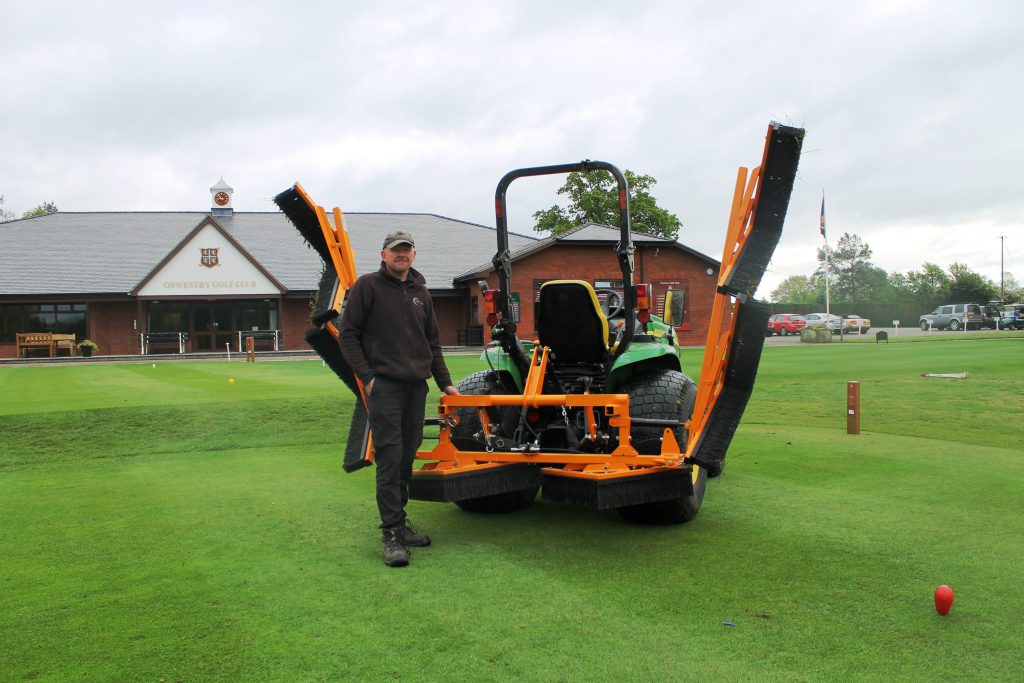
What currently gives you the greatest satisfaction from your job?
I get a great deal of satisfaction from my job. Seeing the course in great condition makes me, and all the team, feel extremely proud, when you see members of staff taking pictures of what they have done it gives you a really good feeling and helps you to keep motivated.
We often ask what advice would you give to youngsters starting out and wanting to pursue a career in the profession. However, your son has joined the club as an apprentice greenkeeper. What advice did you give him and how is he doing?
The advice I would give to a youngster starting in greenkeeping is to make sure they are aware of what the job entails. I have told my son Joel (our apprentice) to get used to early mornings and weekend work. We have to work very long hours regardless of the weather, as I said, you have to love it to do it. Joel is doing very well and is keen to learn. He is doing well with his Level 2 and has already completed his PA1 and PA6 spraying tests.
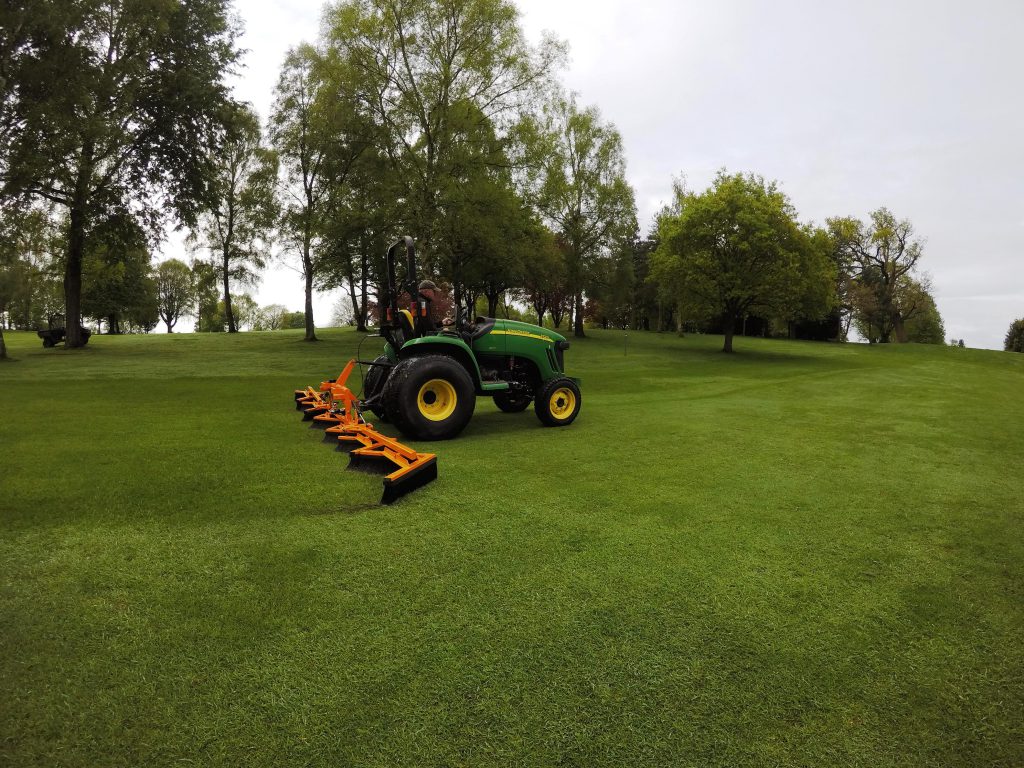
What changes do you think need to be made to benefit the industry and profession of the greenkeeper?
Gary Barnfield: I would like to see members of the club and committees educated more about what greenkeeping involves; there is a lot more to it than just cutting grass. With the withdrawal of chemicals and so on, and the pressure on budgets, it is going to become more difficult to maintain the standards we are used to. It would be good if people were educated about this.















Let me tell You a sad story ! There are no comments yet, but You can be first one to comment this article.
Write a comment